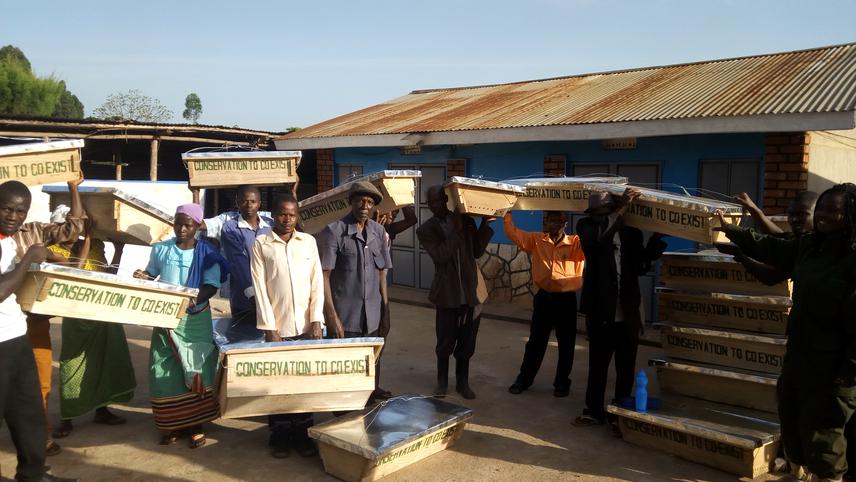Moses Kugonza
Other projects
12 Sep 2016
Conservation to Co-Exist: Participatory Action Research for Wildlife Conservation in Kibale National Park, Uganda (Part 1)
9 Aug 2023
Conservation to Coexist: Participatory Action Research for Wildlife Conservation in Kibale National Park, Uganda
Human-wildlife conflict is one of the greatest threats to biodiversity conservation. A main source of this conflict is crop raiding –when wild animals destroy the crops in agricultural fields causing subsistence farmers to suffer extreme losses. Animals are killed during crop raiding events, and local communities rightfully develop negative feelings about wildlife conservation. Our project promotes wildlife conservation by designing a community-based anti-crop raiding project that helps solve this conflict. Funding from the Rufford Small Grant has allowed us to establish meaningful interventions in this conflict. Here, we request funds to continue these efforts, expanding and improving upon them.

Human-wildlife conflict is the greatest threat to the successful conservation of biodiversity around Kibale National Park, Uganda. One of the main sources of conflict is crop raiding. Crop raiding occurs when wild animals from the park eat and/or trample crops in the surrounding agricultural fields causing subsistence farmers to suffer extreme losses of food security. Crop raiding species risk death or injury by farmers who are protecting their food supply or later during retaliatory events. For example, chimpanzees and other animals continue to suffer snare injuries despite ongoing snare removal programs in the park because farmers set snares in their gardens, which injure animals while they are crop raiding. Also, several elephants have been killed in recent years and various species of monkeys are regularly killed when they are found eating people's crops. Furthermore, community members have little interest in supporting conservation initiatives because of this on-going human-wildlife conflict. As local community members working as research assistants in the park, we have seen both sides of this conflict and have watched as tensions have grown between local people and wildlife. We thus implemented a community-based conservation project that focuses on sustainable land-use changes that reduce crop raiding and improve conservation efforts.
We identified four strategies to reduce crop raiding and improve attitudes towards wildlife – maintaining a trench at the boundary of the park, establishing fences of beehives in areas where the trench cannot be maintained, planting tea as a buffer crop, and growing garlic as a cash crop to offset the losses incurred from crop raiding. We began testing these strategies in four communities along the border of the park. Each participant takes ownership of their role in the project, which we hope will make them feel strongly about conserving the habitat and animals. Communities that are maintaining the trench and keeping fences of bee hives in the swampy areas have successfully reduced the rates that elephants are crop raiding.
Additionally, farmers who maintain their garlic crop have begun to make a profit from selling the garlic. Unfortunately, we are still working to improve the plan for growing tea. Expanding the project and working on the tea farming is the next focus of our work.